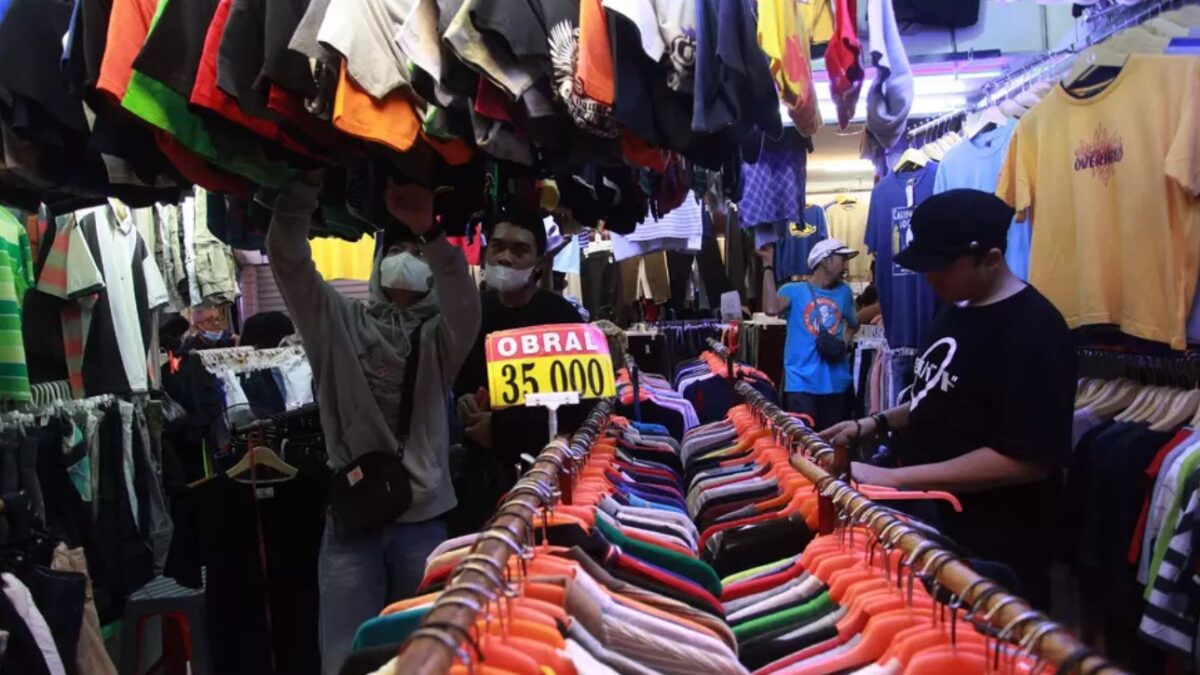JAKARTA, March 27 – Indonesia’s textile and apparel export is forecast to decline by 10 percent from $12 billion in 2022 to around $11 billion this year, according to the Indonesian Fiber and Filament Yarn Producers Association or APSyFI.
The association attributed the declining exports to the drop of 40-50 percent since early this year in the order value placed by overseas buyers.
“I doubt this year’s exports will top last year’s figures which reached $12 billion. I expect a 5-10 percent decline if things are still as it is,” APSyFI chairman Redma Wirawasta was quoted as saying in Monday’s edition of Investor Daily.
The US and Europe represent more than half of Indonesia’s textile and clothing exports. However, these two export destinations are facing uncertainties. After being hit by inflation, the US now has its banks collapsing. The protracted Russia-Ukraine war also took a toll on Europe’s energy supply, among others, according to Redma.
Nonetheless, the declining export will not really impact the national textile industry, as long as the domestic market can take in the unexported products. Redma revealed that the domestic market accounted for 70 percent of what the national textile industry sold. The remaining 30 percent of sales come from exports.
“If we can improve the domestic market and the government is serious about addressing the illegal clothing imports, this would significantly drive up the [textile] industry’s growth,” Redma said.
The domestic textile industry today is facing three major challenges — all related to import. These obstacles include illegal imports that do not comply with the procedures, problematic import permits, and the influx of illegally imported secondhand clothes.
Demand for garments in Indonesia reaches 1.8 million tons, of which 450,000 tons were met by imported goods. About 300,000 tons of those imported garments are illegal, according to Redma.
Ideally, local products should represent 90 percent of the market and the rest may come from legally imported products. These legal products are usually branded clothing with production taking place in Indonesia. These importers pay import duties, meaning that they are competing fairly.
“I think the current composition of legal product imports is already ideal. It all comes down to tackling illegal garments. If we do not do anything, we might see 600,000 tons of illegal garments in the country,” Redma said.
Redma urged the government to take action against secondhand clothing imports.
“Particularly the Trade Ministry. They always come up with the excuse that they do not have a legal umbrella for imported clothes sellers. But we see ‘imported used clothing’ written on marketplaces,” he said.
Indonesia has banned the import of secondhand clothing. This means that importers may only bring in brand-new goods.
Last week, the Trade Ministry destroyed 824 bales of imported used clothing worth Rp 10 billion ($658.7 million) in Sidoarjo, East Java. On March 17, the ministry also destroyed 730 bales of imported used clothing, shoes, and bags worth Rp 10 billion in Pekanbaru, Riau.
“We are getting rid of these secondhand clothes as a follow-up to our sustained supervision of imported clothes trade. This is also in response to the increasingly widespread trade of imported used clothing, both online and offline,” Trade Minister Zulkifli Hasan said.
He added, “we are also doing this as part of the Trade Ministry’s commitment to the supervision and law enforcement in trade, consumer protection, and the domestic textile industry.”

